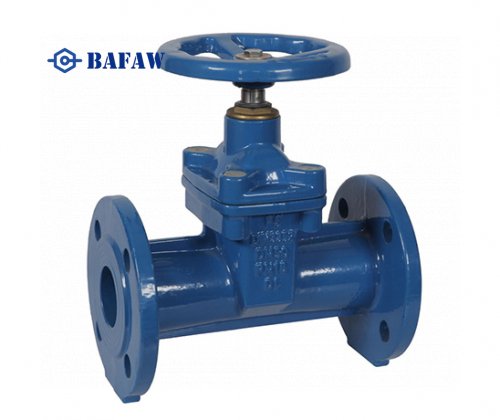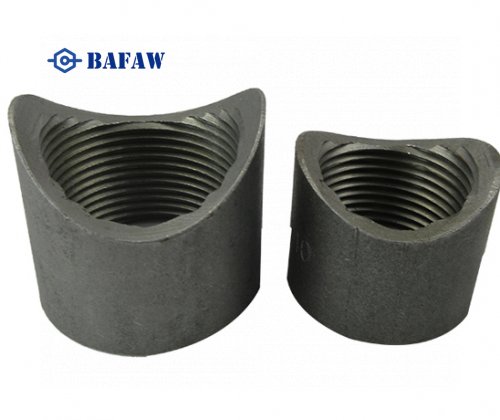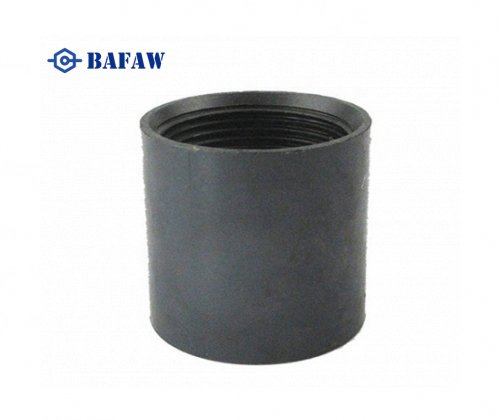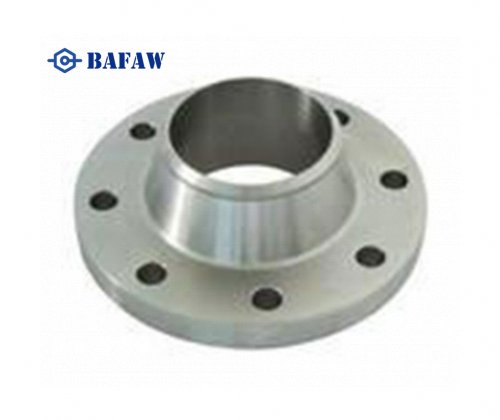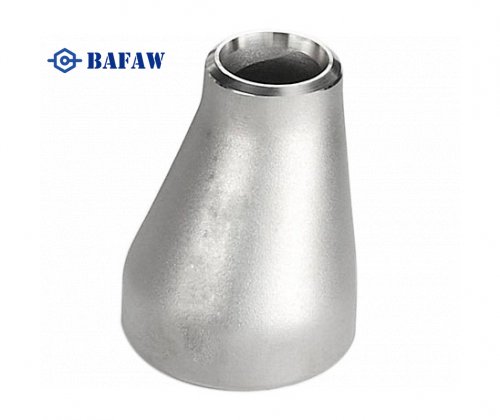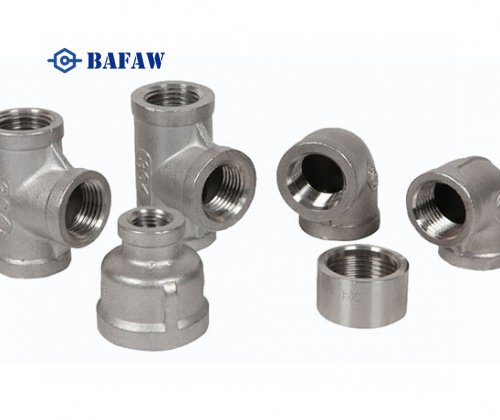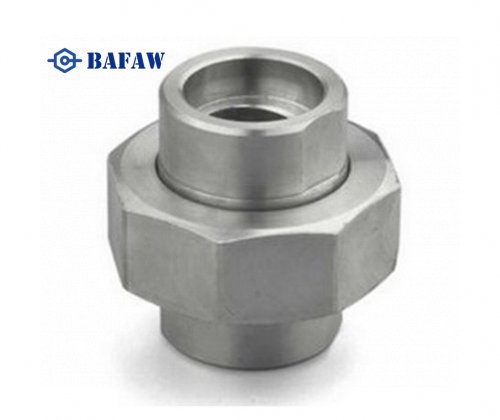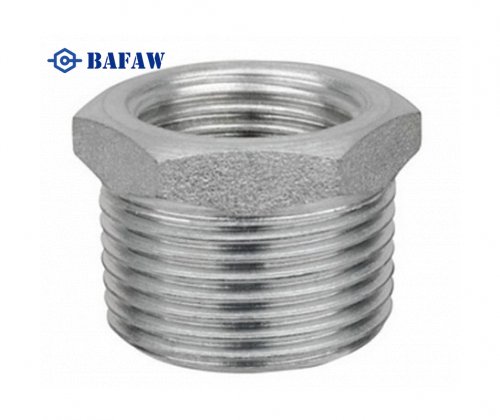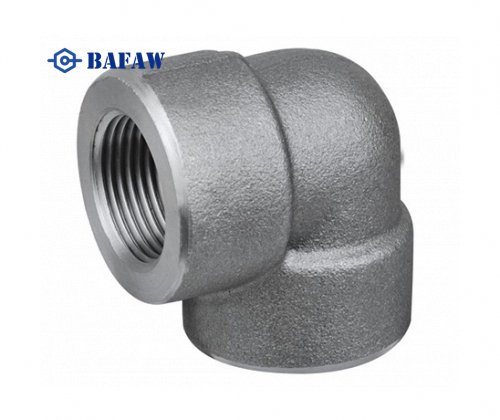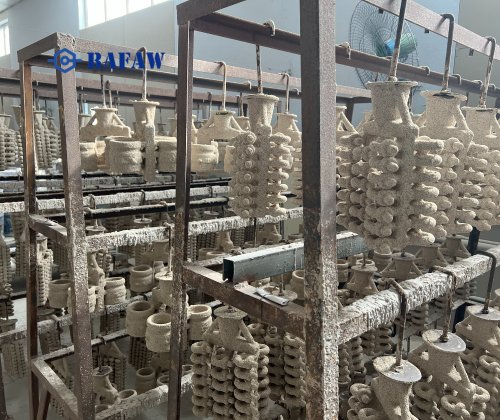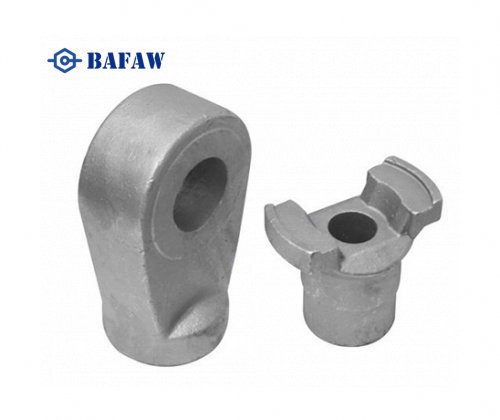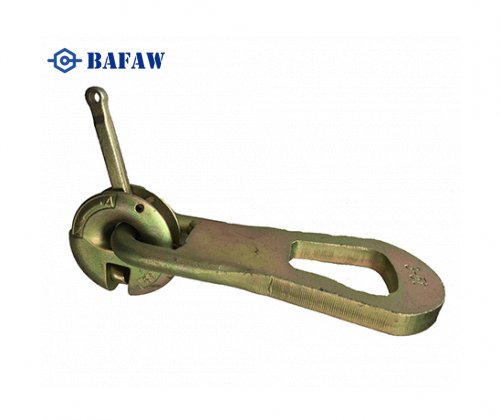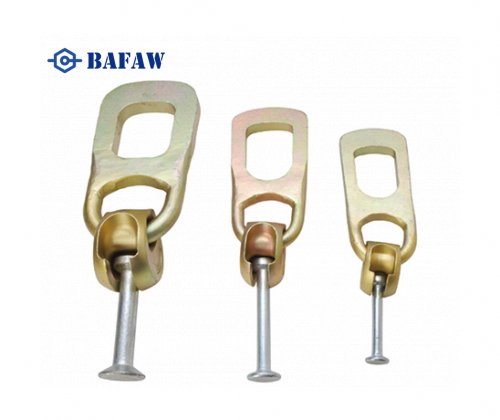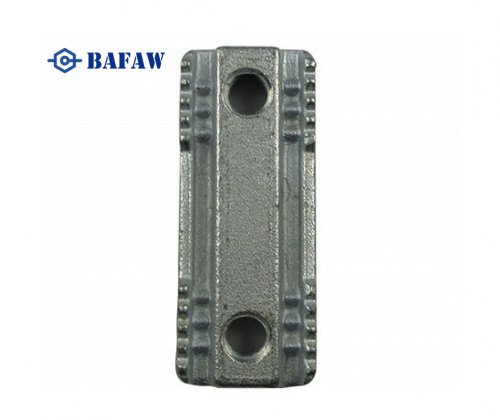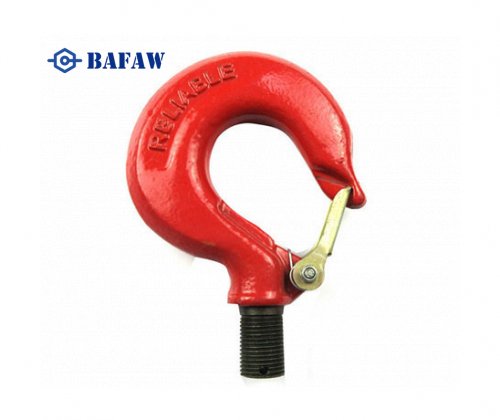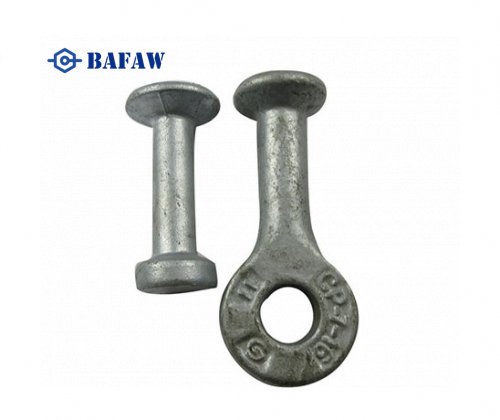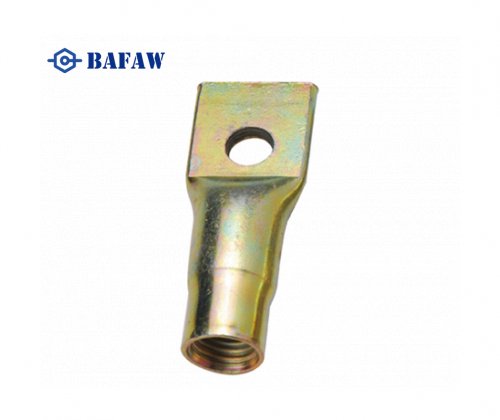Preventing orbit valve failure begins with developing proper habits based on effective technical practice. Orbit valves are unique with their tilt-and-turn configuration. This patented feature significantly reduces friction to improve durability, even in high-use or harsh service environments.
To maximize the benefits of this new design, users need to pay special attention to proper installation. They ought to have good inspection practices and do proactive troubleshooting.
Install It Right Always
The key to a long-lasting orbit valve is proper installation. Misalignment and hasty installation may result in leaks or premature failure. Using the wrong gaskets can make these problems worse, even with a super strong design!
Properly trained technicians will understand the importance of checking the bolt flange faces, using proper torque and verifying that the valve is properly centered. They’re careful not to over-tighten bolts, which can lead to a warped body and damage sealing surfaces.
For instance, if an orbit valve is installed with a noticeable slope, the seat will wear unevenly and shorten the valve’s lifespan. Proper professional training goes a long way in helping teams identify these risks before they turn into more significant problems.
Proper alignment is key to an easy tilt-and-turn movement that capitalizes on the valve’s low-wear design.
Essential Inspection Routines
Inspect sealing surfaces for wear or buildup
Check for leaks at each connection
Monitor valve movement for any sticking or drag
Look for signs of corrosion, especially in harsh sites
Review logs of cycle counts and operating temps
These steps matter because orbit valves work well across a wide range—from -104°C to 427°C, but only if kept clean and lubricated. While quarterly lubrication is sufficient for light use, busy valves or extreme environments require inspection every 500–1,000 cycles.
Diligent documentation from every inspection allows teams to schedule routine servicing and repairs in advance before service is required—preventing unplanned service interruptions.
Troubleshoot Before Problems Start
Orbit valves show early warning signs: slow movement, small leaks, or changes in handle effort. Identifying these early on allows riders to address simple fixes—such as unblocked seats—before they escalate.
Systematic routines, such as cycle tracking and routine leak checks, allow teams to identify and address issues quickly. In harsh service, fast action and intelligent diagnosis results in less downtime and extended orbit valve life.

Conclusion
Orbit valves demonstrate true determination in heavy-duty applications. They minimize product leaks and perform reliably in oil, gas, or water applications. People choose them for aesthetic reasons, but for their tight shut-off and low maintenance attributes. The valve can take a beating on abrasive surfaces, but with proper maintenance, it will provide years of service. Oil and gas crews, city water professionals, and plant technicians all rely on orbit valves daily. Intelligent inspections and proper application are key to maximizing valve longevity. For those of us working in the industry, understanding the strengths and weaknesses allows for smarter decisions. Ever witnessed a valve in operation or have a crazy DIY repair tale? Leave your comments or questions in the discussion section below, and let’s trade some practical advice.
Frequently Asked Questions
What is an orbit valve used for?
An orbit valve is commonly used for controlling the flow of liquids and gases in pipelines, particularly in oil and gas, refining, and petrochemicals. Its design features ensure a tight shutoff and low leak rate, making it ideal for critical isolation applications and achieving emission reduction objectives.
How does an orbit valve work?
An orbit valve employs a distinctive rotating mechanism, featuring a groundbreaking ball valve seating principle. Before the disc rotates, it moves out of the flow path, minimizing uneven seat wear and ensuring a complete seal on each cycle.
What are the main advantages of orbit valves?
What are the main advantages of orbit valves? Their design, featuring a groundbreaking ball valve seating principle, ensures seat damage is virtually eliminated, making them ideal for highly abrasive applications common in American industries.
What are common challenges with orbit valves?
Orbit valves, known for their high integrity, are more expensive initially due to the need for trained personnel for careful installation and regular maintenance to ensure reliable performance.
Which industries in the United States use orbit valves most?
The orbit valves are essential for the oil and gas, refining, chemical, and power industries all over the U.S., playing a critical role in achieving emission reduction objectives and ensuring reliable performance in flow control.
How can I extend the lifespan of my orbit valve?
By adhering to the manufacturer’s maintenance recommendations for your orbit valve, you can ensure reliable performance and extend its service life, maximizing efficiency in critical isolation applications.
What testing is done on orbit valves before use?
What type testing is done on orbit valves today before they are put into service? This involves performing pressure, leakage, and cycling tests to guarantee their adherence to stringent API standards.

















